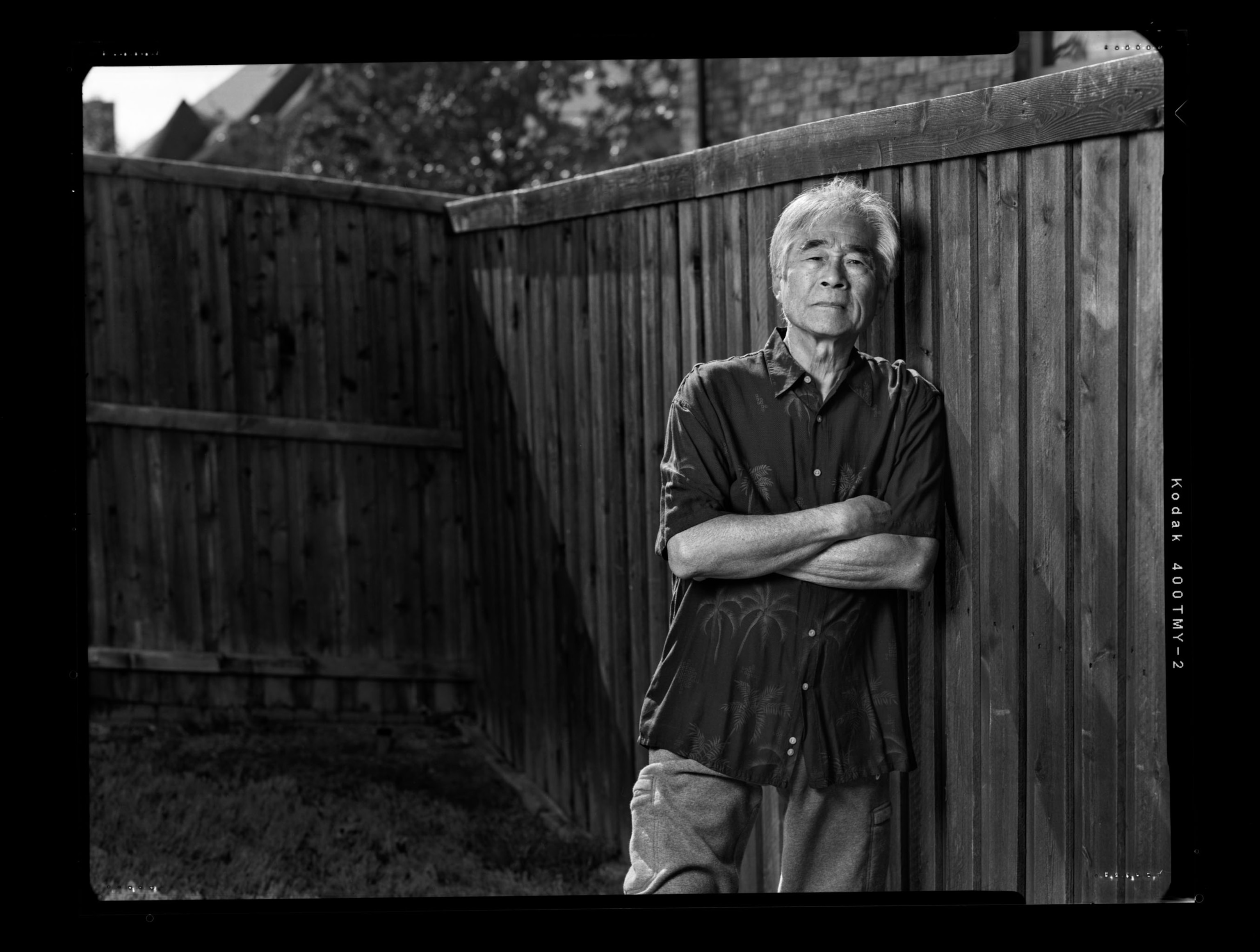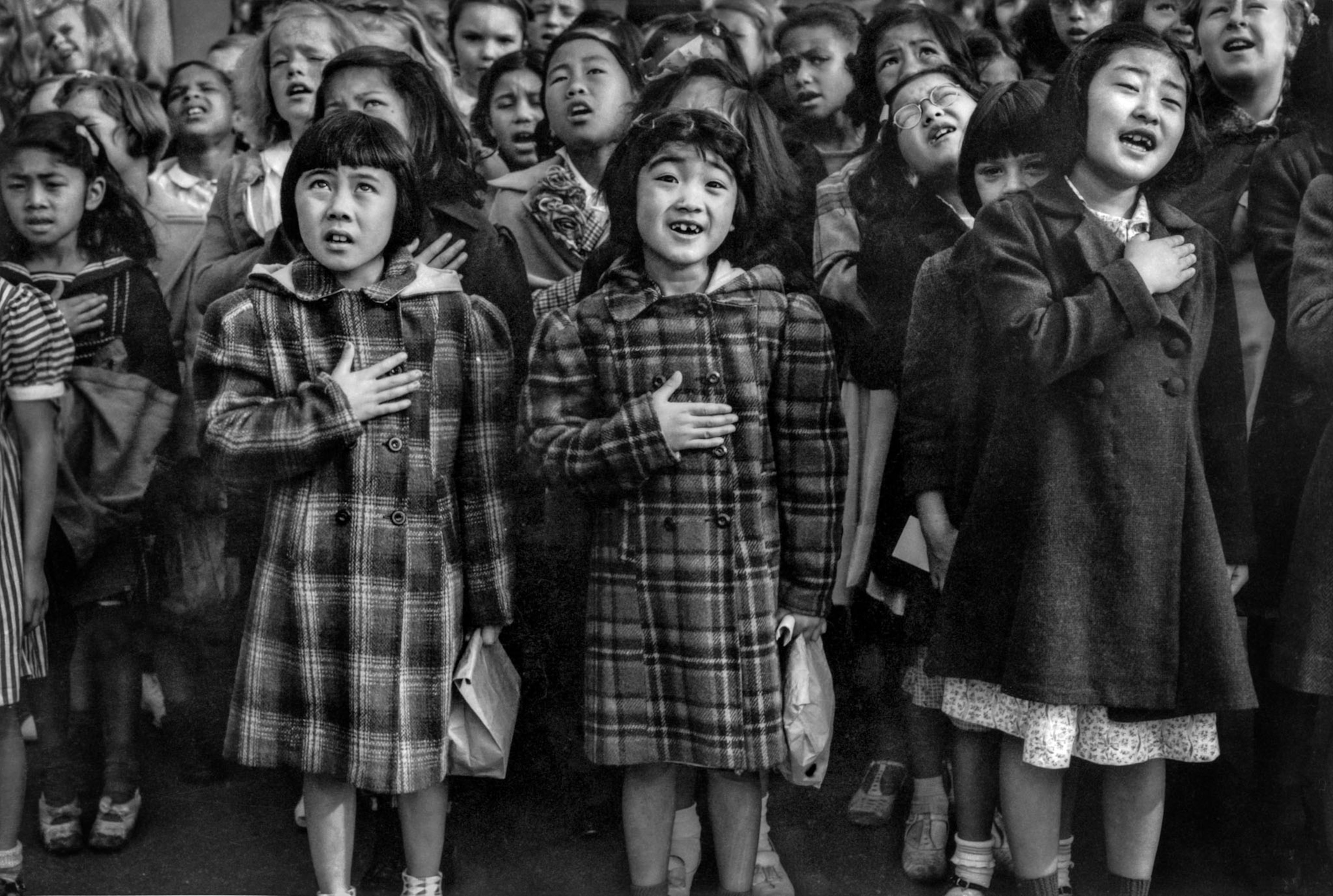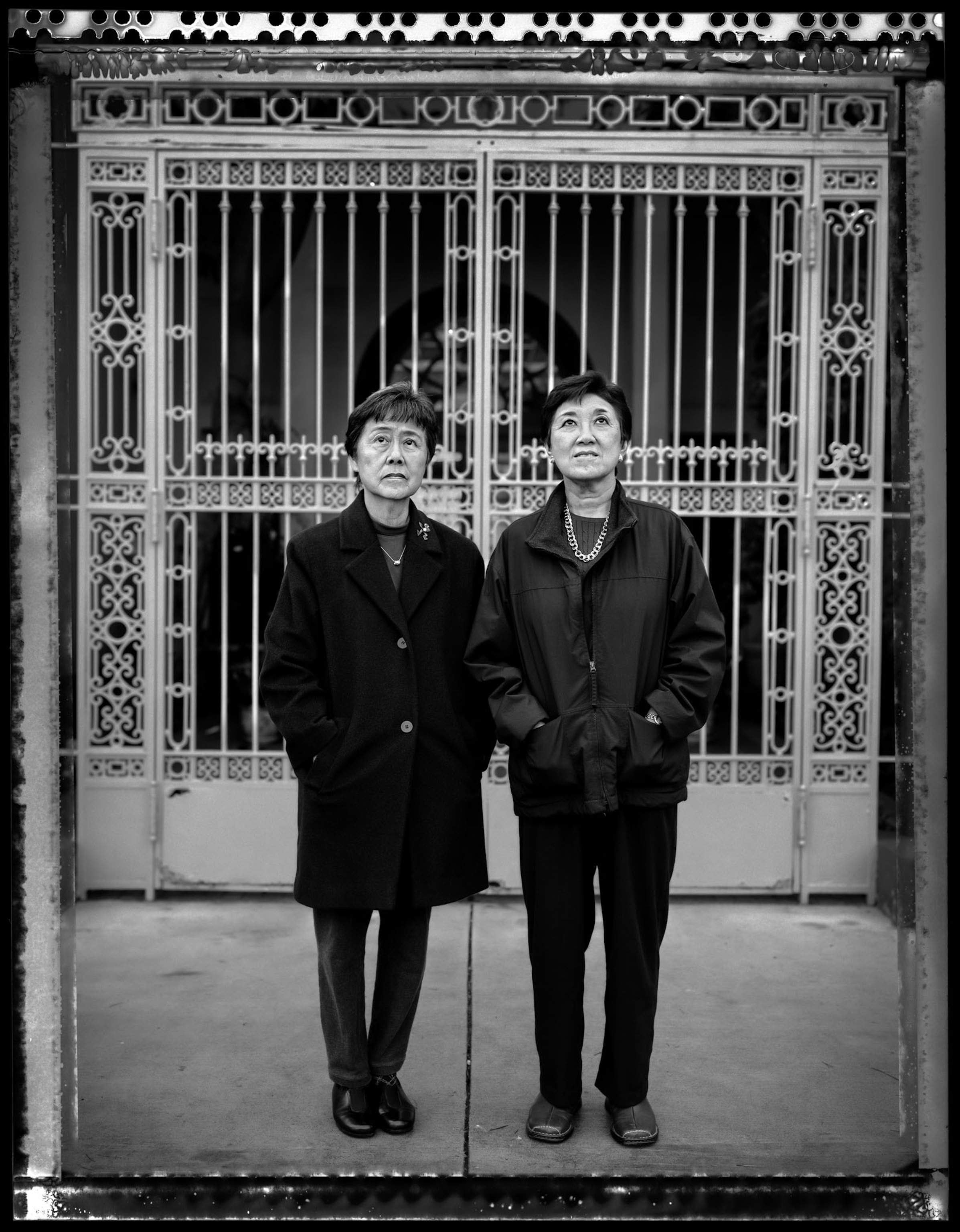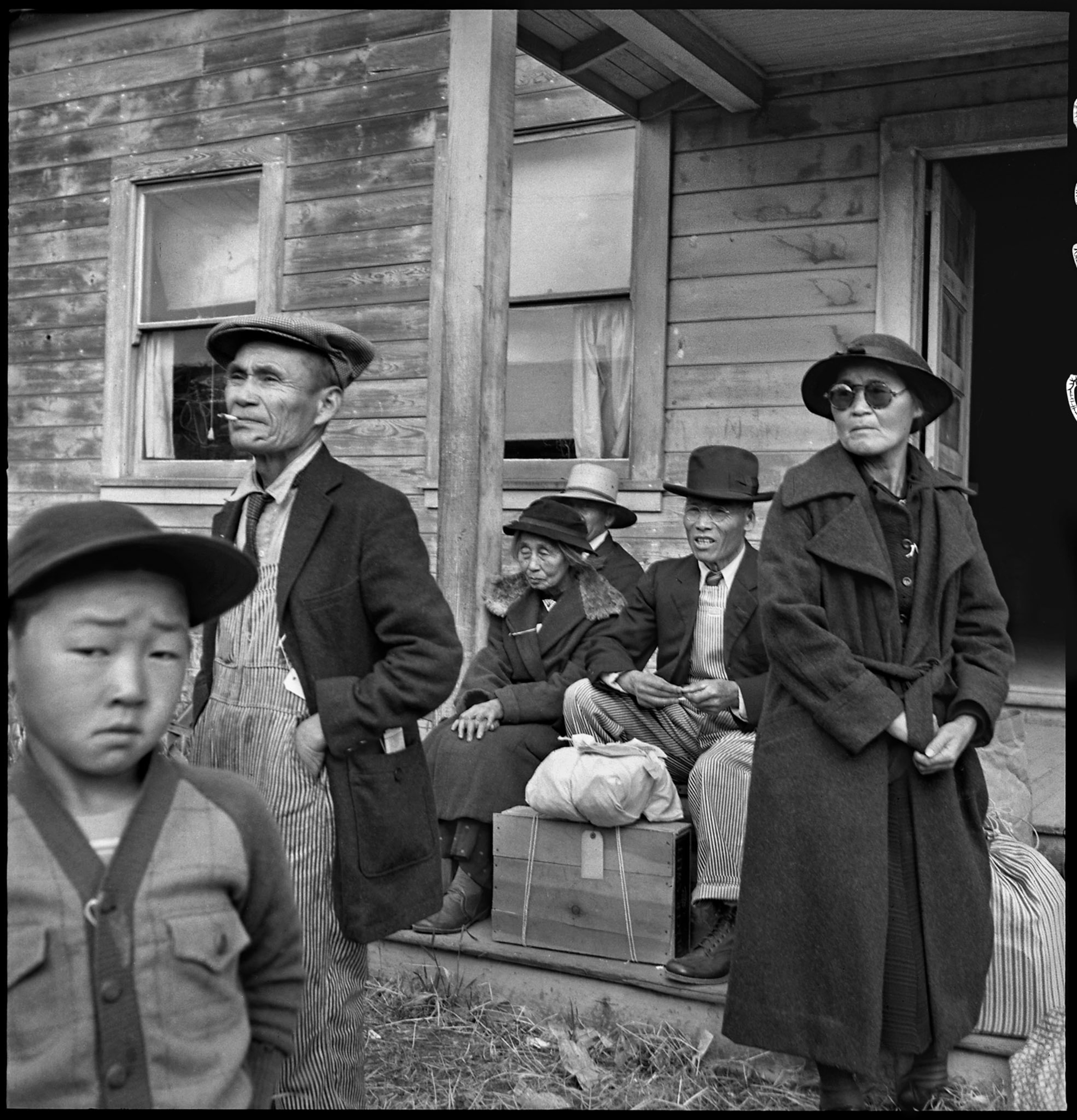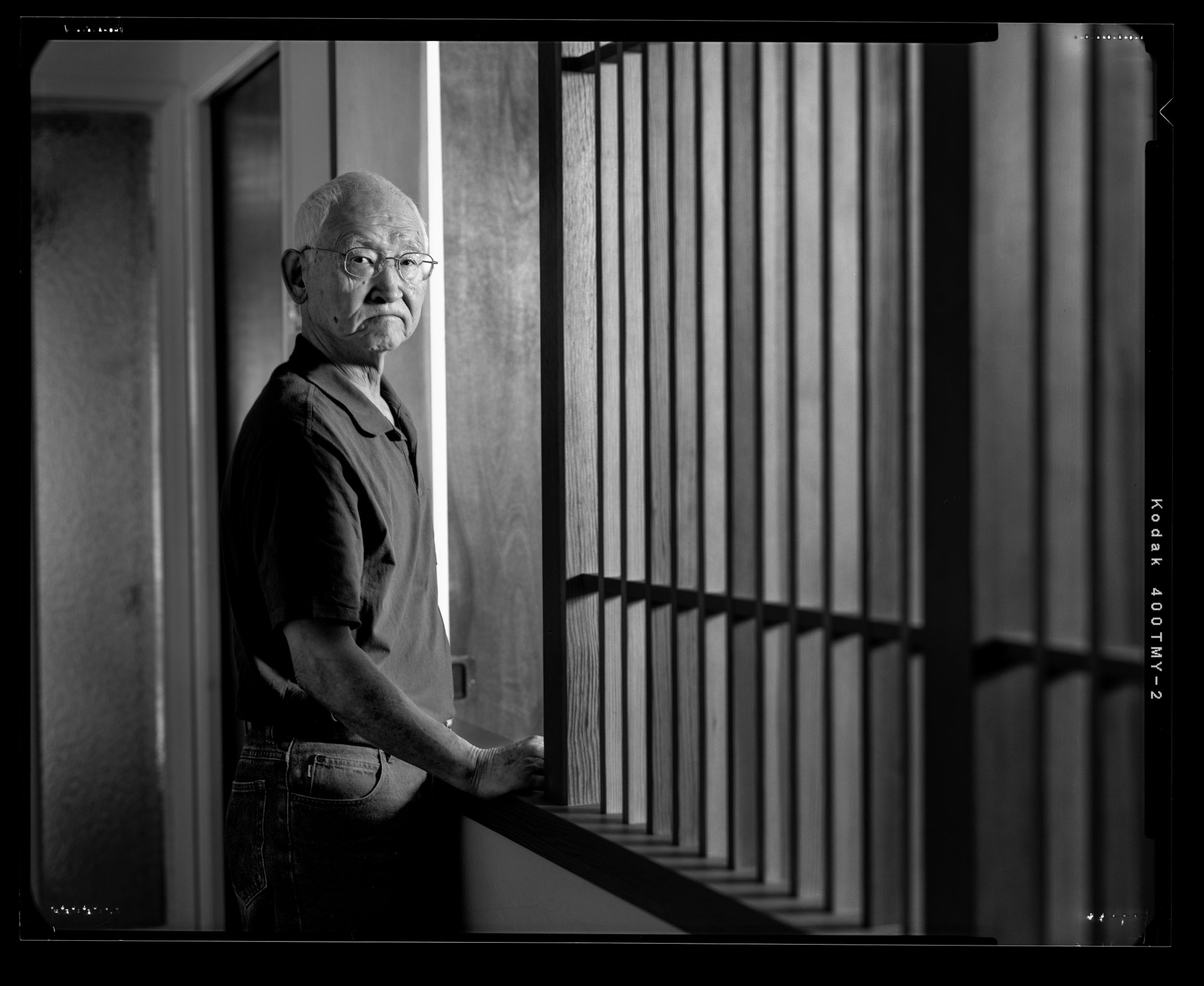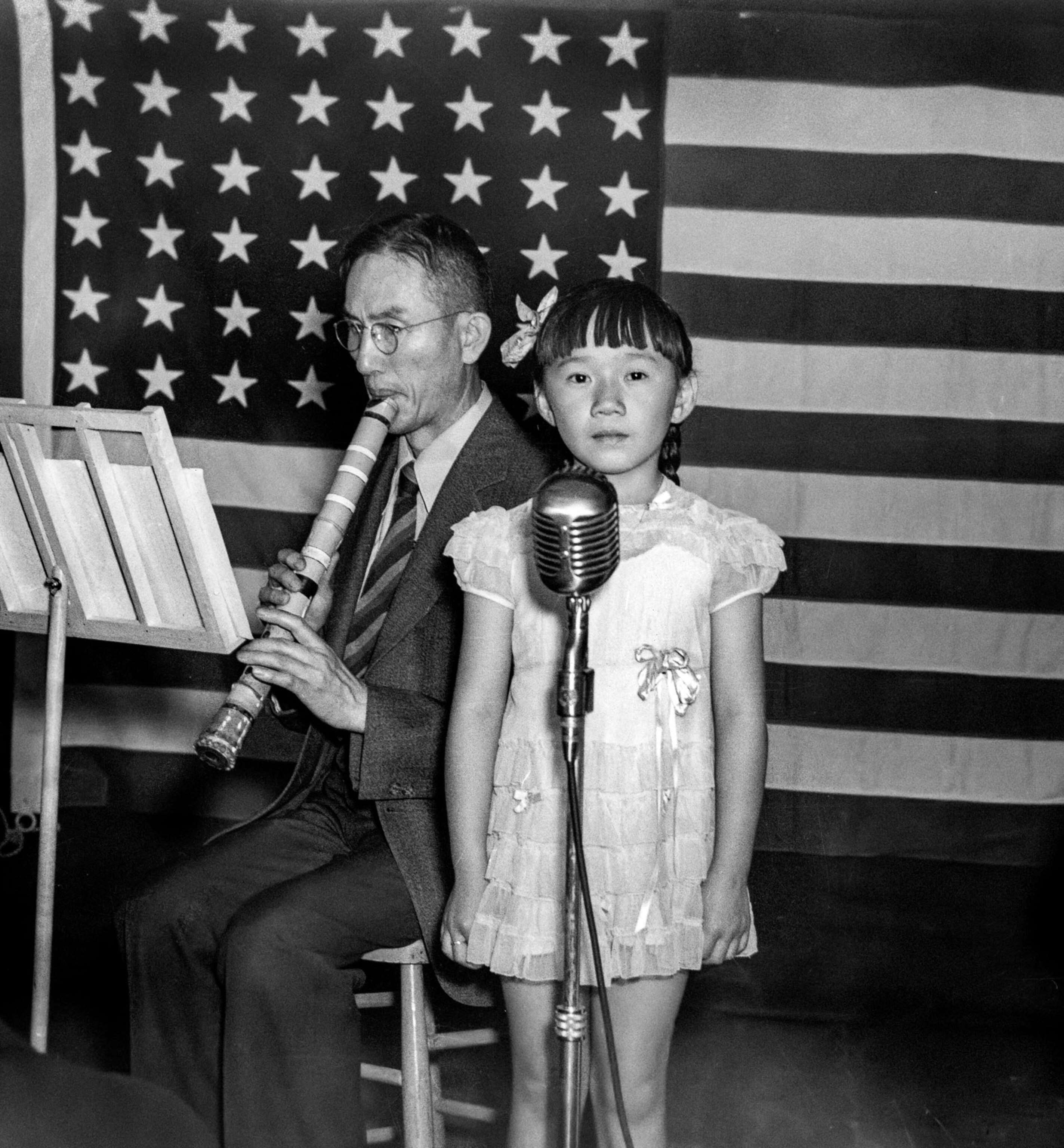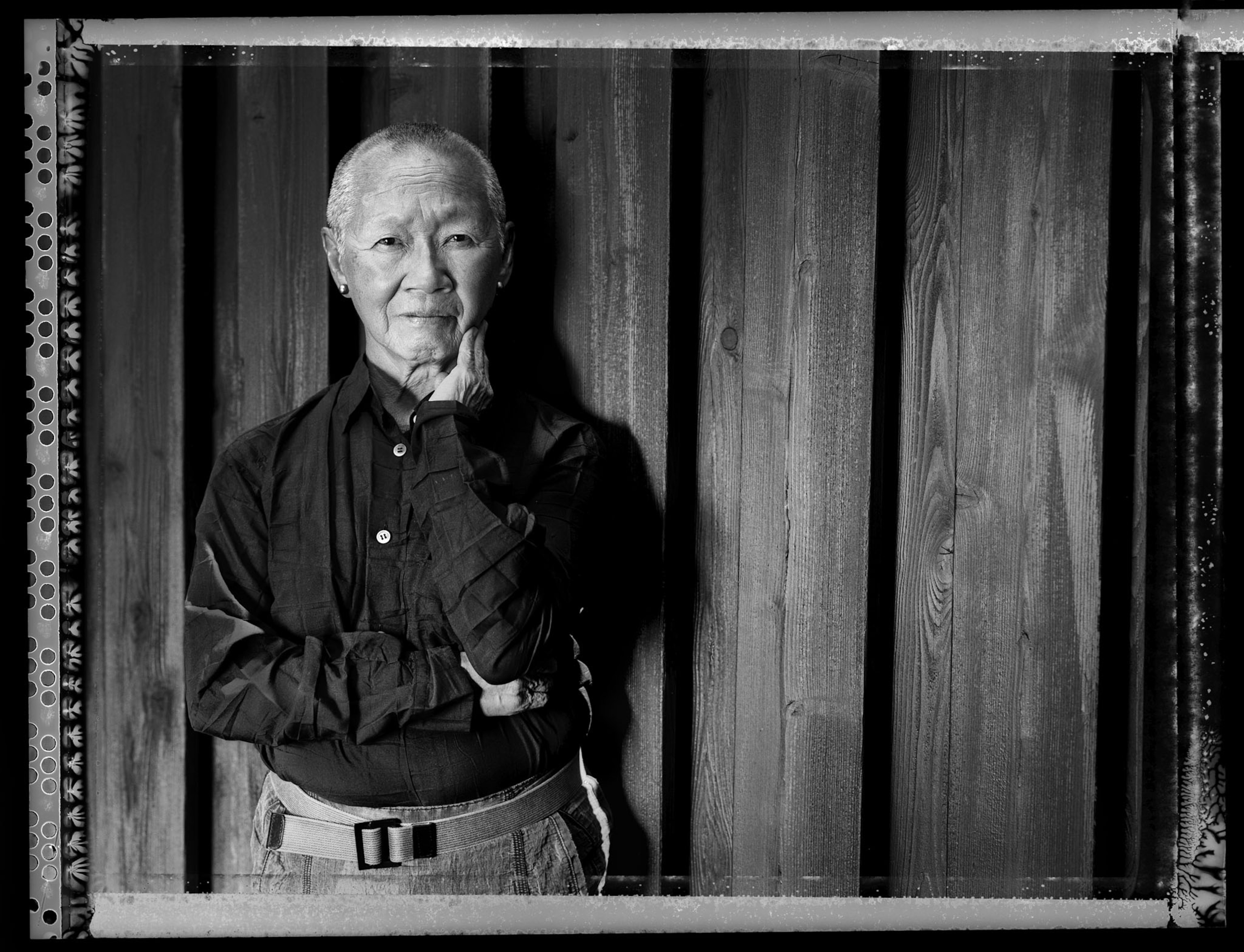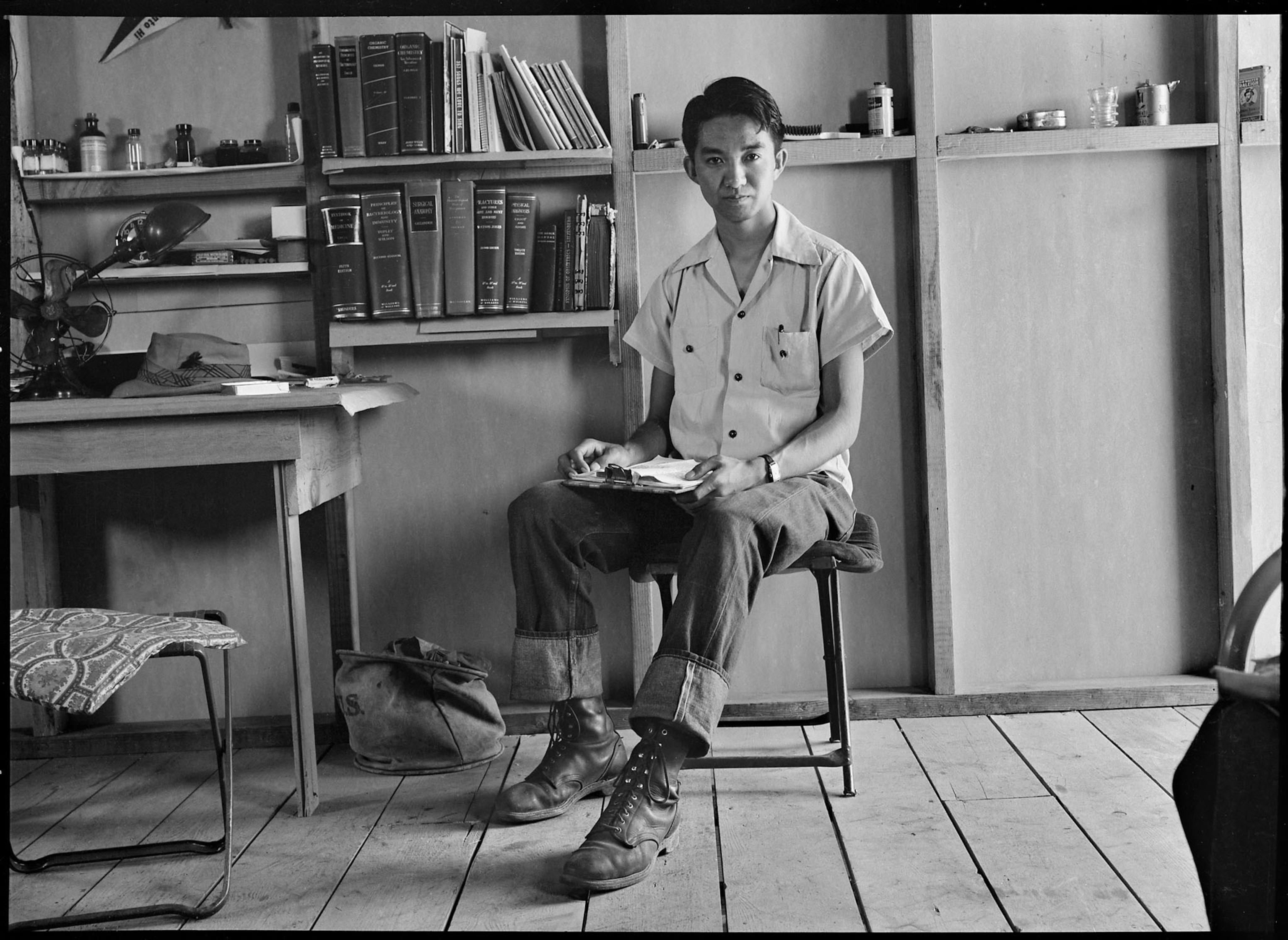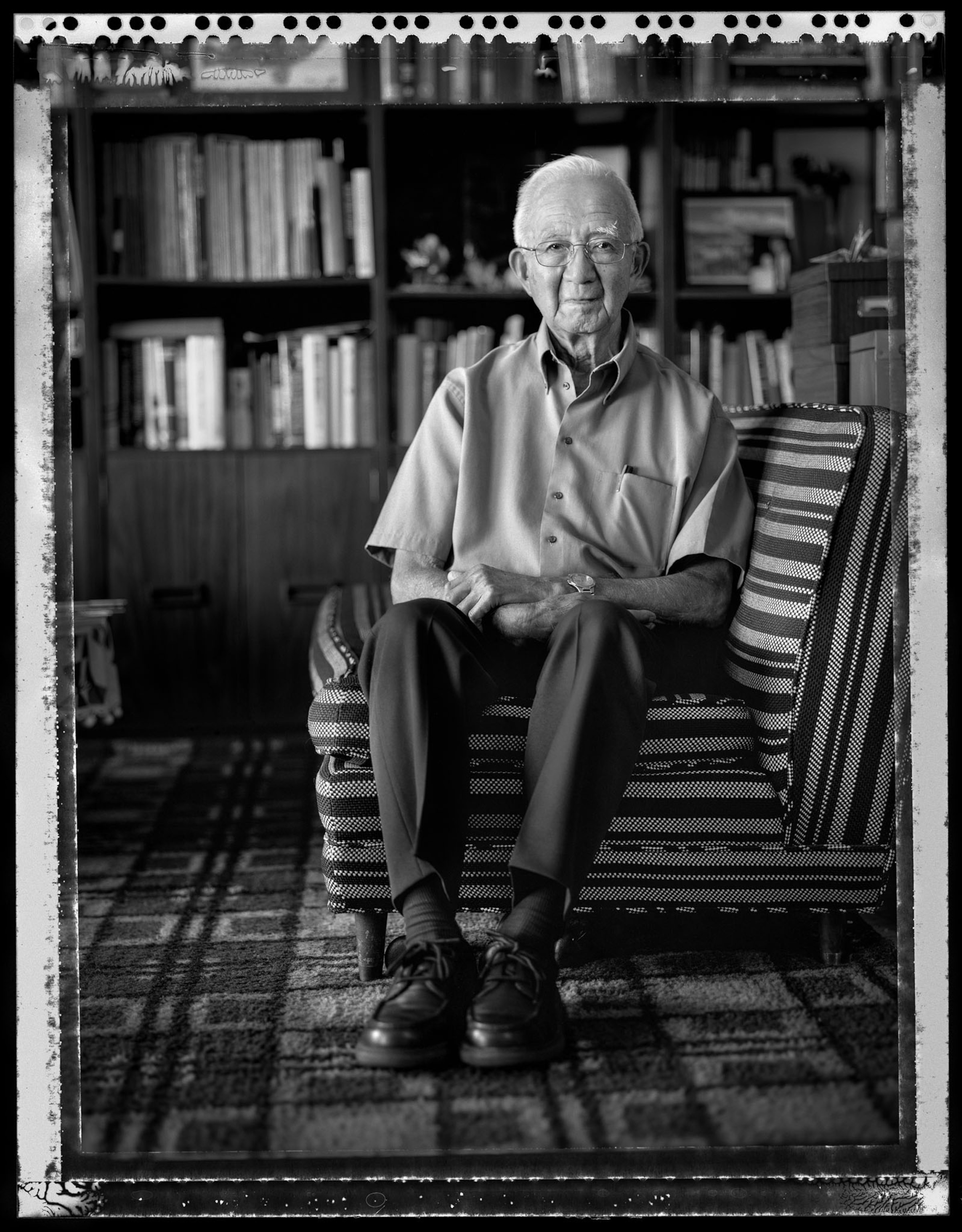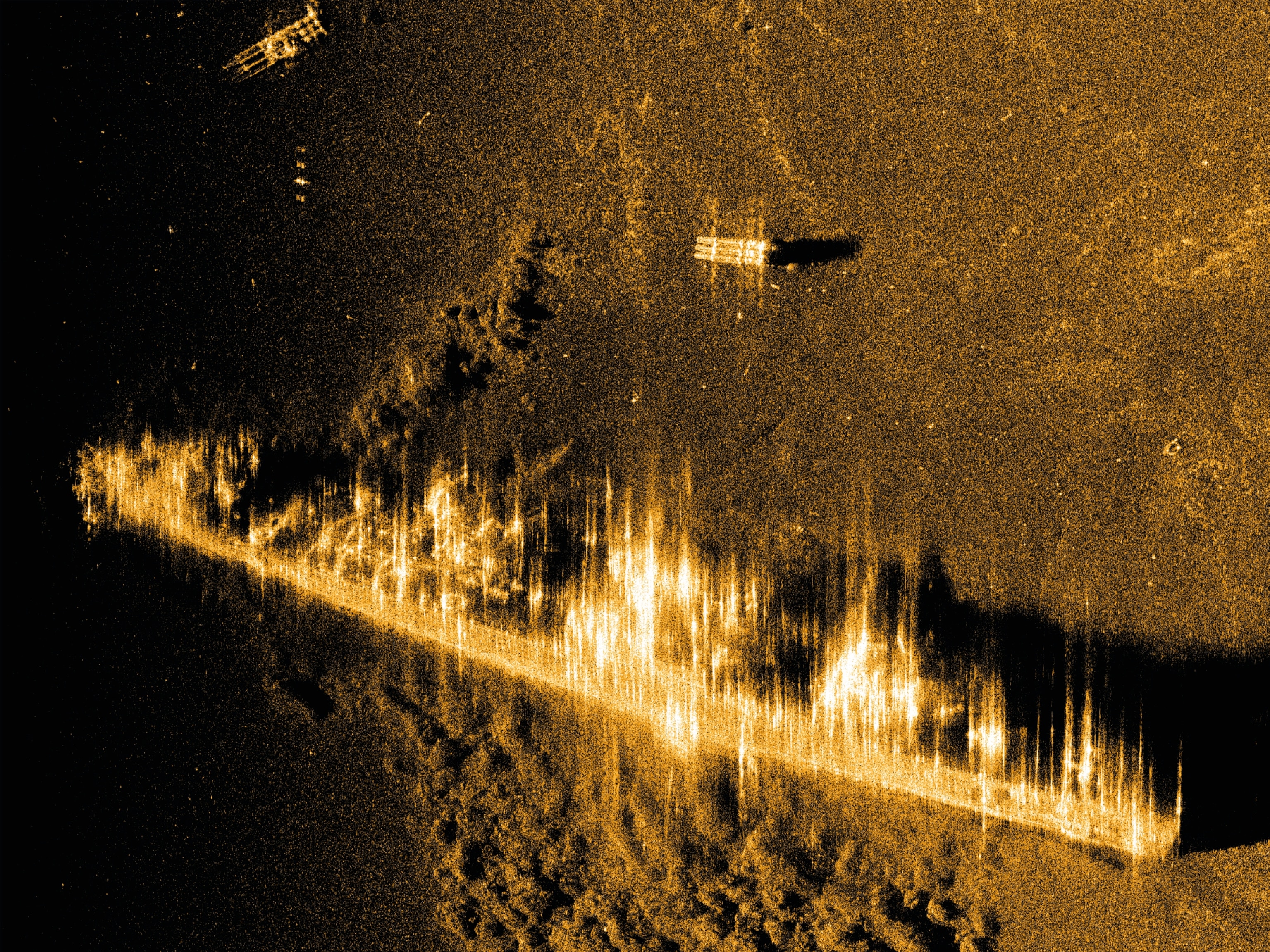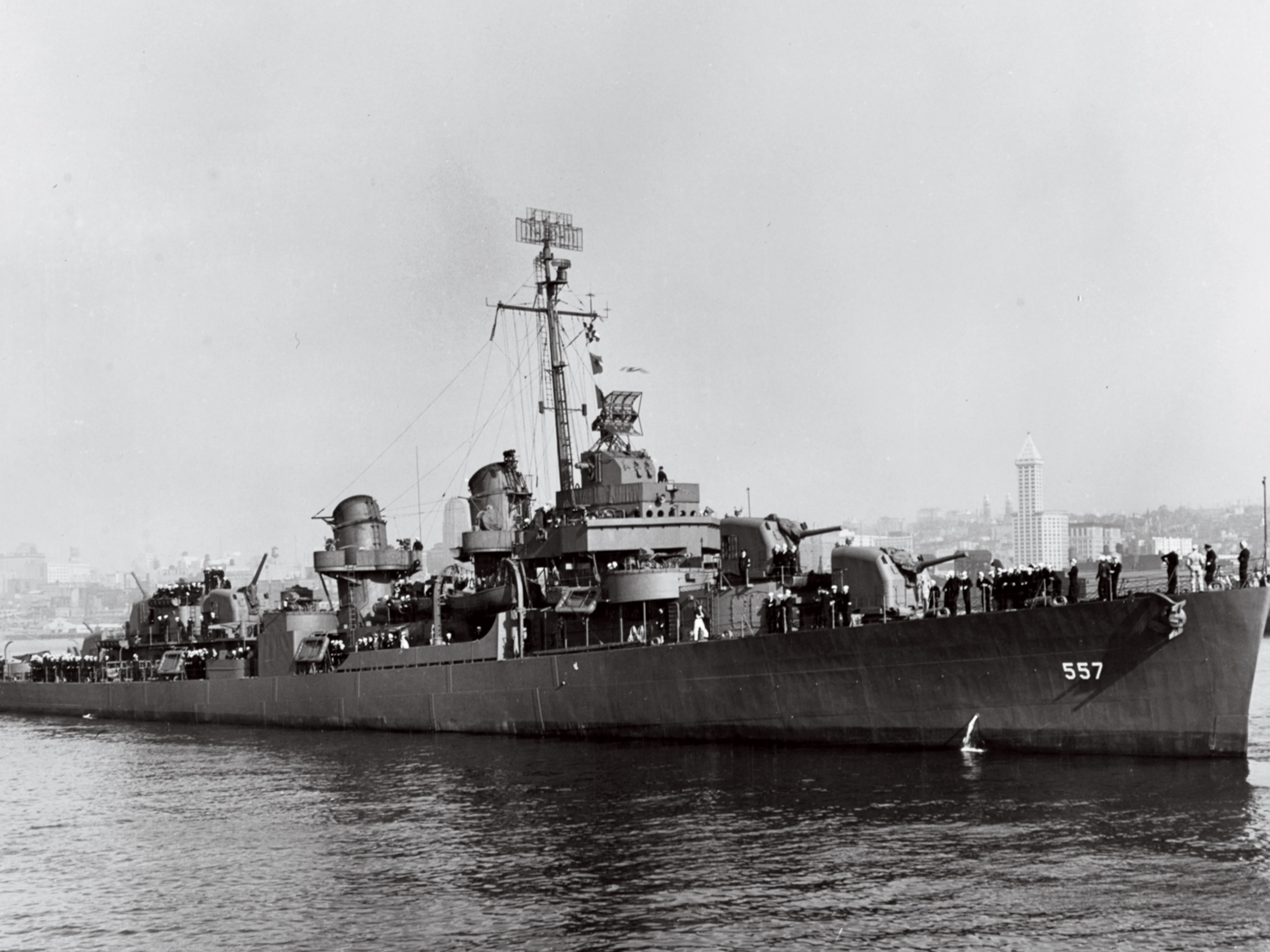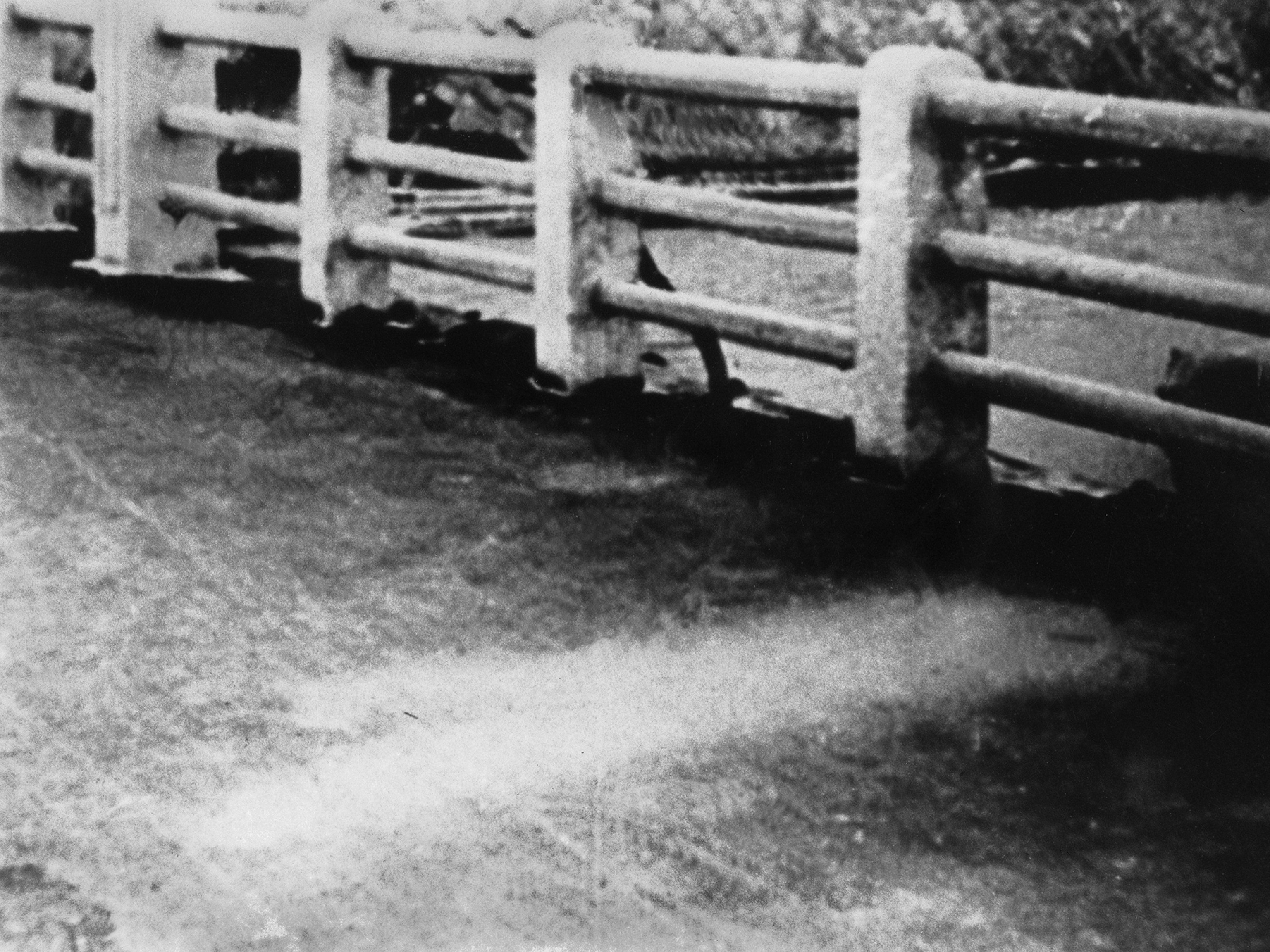Why One Photographer Spent Years Recording the Lives of Interned Japanese Americans
With a deep personal connection, Paul Kitagaki, Jr., set out to document the people interned during World War II.
His mother said no when he asked to interview her. His father and aunt shared memories but wouldn't get personal. Paul Kitagaki, Jr., a photographer determined to document the lives of Japanese Americans interned during World War II, didn’t have an easy start with the epic then-and-now photo project he’d planned.
"It's been this labor of love for me," says Kitagaki, a 64-year-old photojournalist for the Sacramento Bee. "I just want to create a body of work that will stand the test of time. It's a really important part of American history."
For 13 years, Kitagaki has tracked down, photographed, and interviewed people whose images were captured by Dorothea Lange, Ansel Adams, and others after Executive Order 9066 was issued in February 1942, two months after Japan bombed Pearl Harbor. The document prompted the incarceration of 120,000 U.S. residents of Japanese descent.
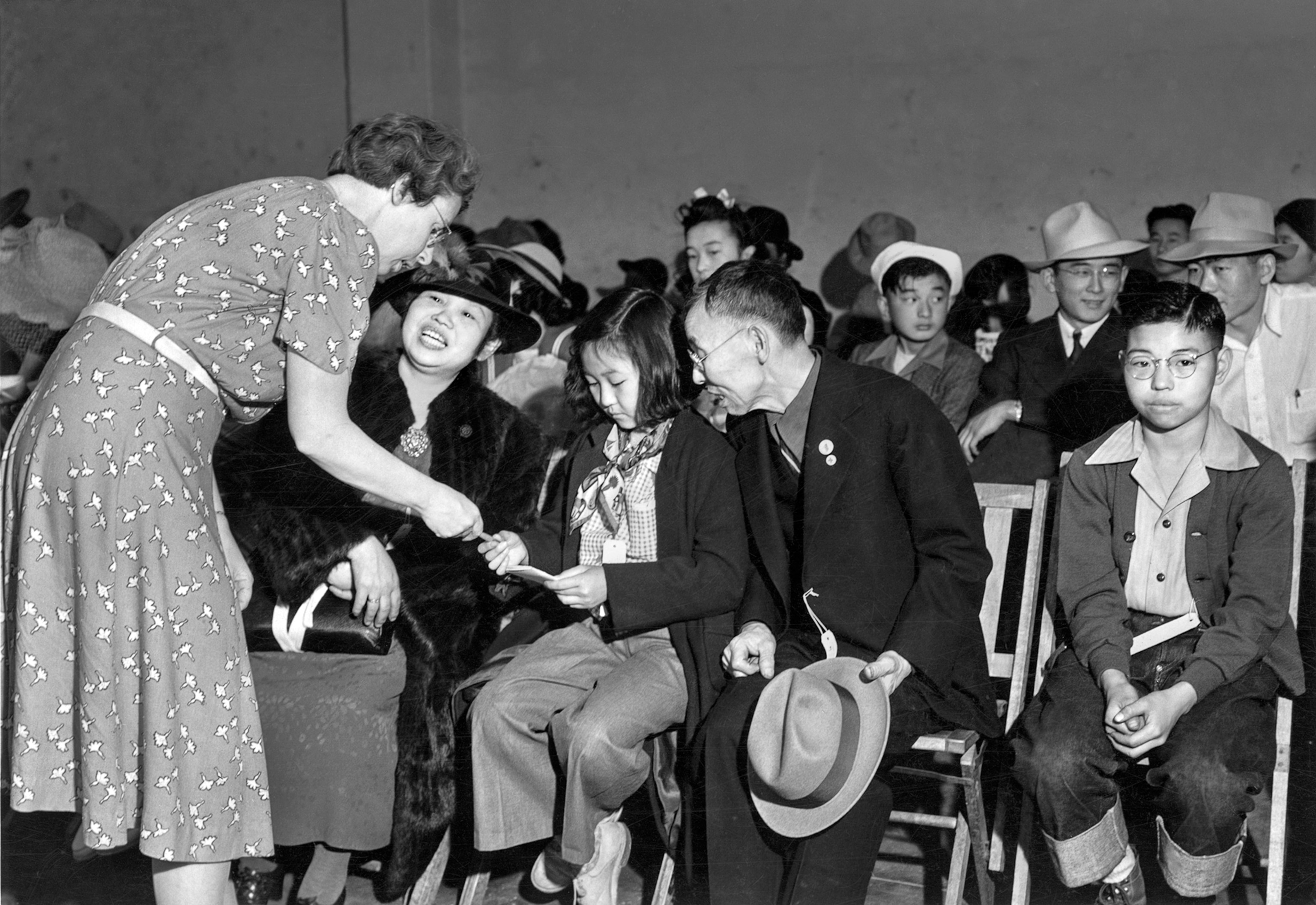
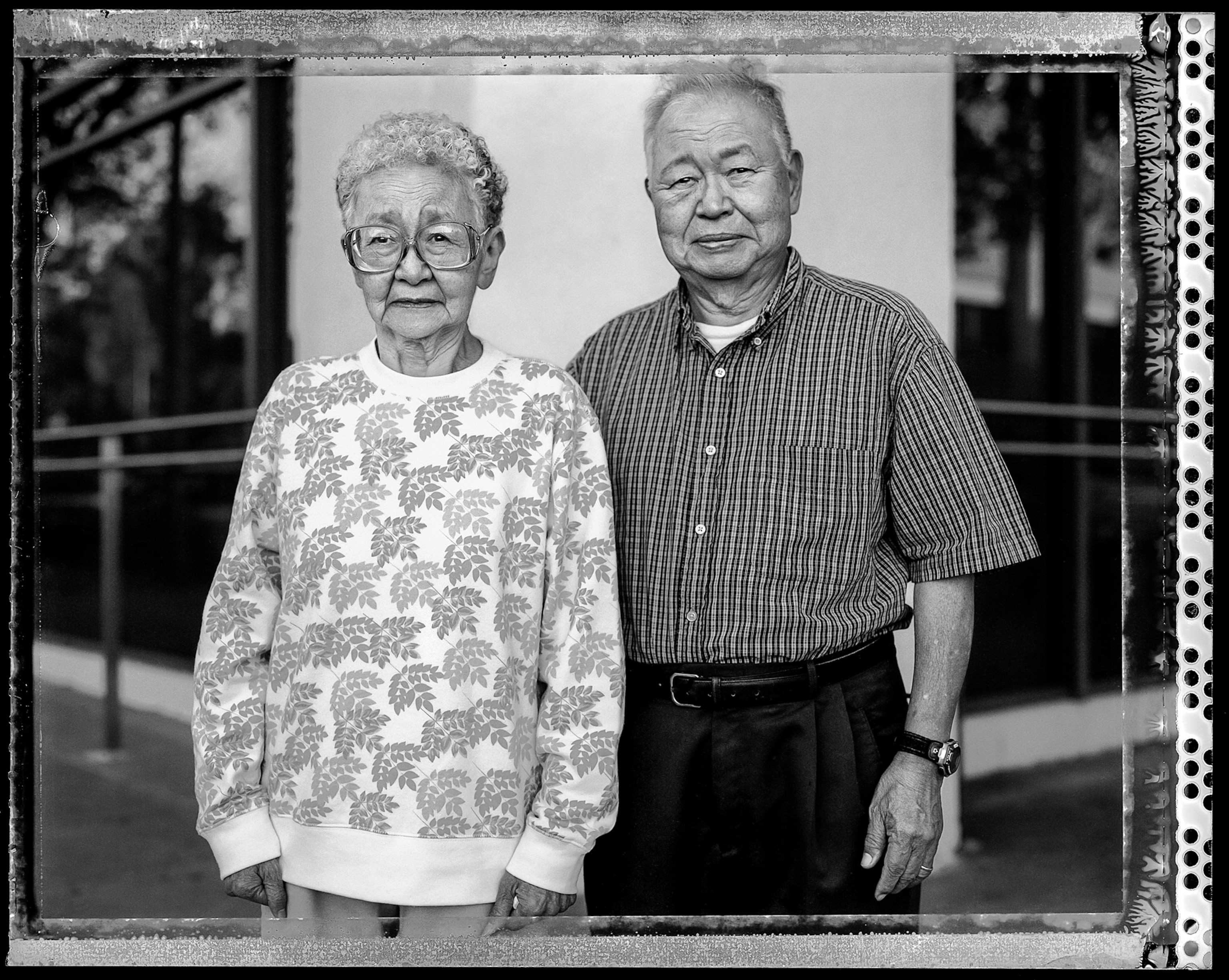
Kitagaki’s hunt for subjects involves a different sort of deadline pressure than he has faced in a career that has included coverage of Olympic Games, earthquakes, Super Bowls, wildfires, and Iraq in 2002, during the Saddam Hussein era.
"I'm still looking for people," he says. "They're all in their 80s and 90s. And they're leaving us."
His project was shared in the October 2018 issue of National Geographic magazine, and he’s created a traveling series. So far, there have been 11 exhibitions around the country of "Gambatte! Legacy of an Enduring Spirit," which will come to the Japanese American National Museum in Los Angeles in November 2018. It consists of 60 sets of historic and contemporary documentary portraits—many of the newer ones shot in the exact place where the subjects were photographed more than seven decades ago. There will be audio and video in the L.A. show, and a book is planned for early 2019. (Read more: Scenes From the Japanese Internment Resonate Today)
Gambatte, Kitagaki says, means "keep moving forward." The word typifies the resilience of his subjects, many of whom lost their houses, livelihoods, and property after being relocated to assembly centers and then internment camps. The term could also apply to the photographer, who devotes most of his free time to the project and is funding any costs that aren’t covered by grants.
The time demands could strain most relationships, but not in this case. Kitagaki's wife is Renée Byer, a Pulitzer Prize winner. "Being married to a world-class photojournalist is very helpful," he says.
The San Francisco Bay Area native didn’t learn about the internment until he was 16, when a teacher mentioned it during a history class in 1970. "I was shocked. I came home and asked my parents," Kitagaki recalls. "They said, 'Yeah, we were in camp.' But they didn't get into how hard it was or the struggles they had."
Eight years later, he learned his grandparents, aunt, and father had been photographed in Oakland by Lange, one of his heroes, while waiting to be transported to an assembly center. In 1984, he searched for that picture, among roughly 900 of her wartime images, in the National Archives in Washington, D.C.
"All those faces were staring up at me," Kitagaki says. "I wondered what happened to them from the moment their picture was taken. How did Executive Order 9066 change and affect their lives? That was the seed of my project. But it took a long time to percolate."
All those faces were staring up at me. I wondered what happened to them from the moment their picture was taken.Paul Kitagaki Jr.
Most of the historic photos included no caption information except for location, so Kitagaki pasted copies onto a huge poster that he hauled to Japanese churches, summer bazaars, Buddhist temples, and senior lunches, hoping someone would recognize a person in the pictures. It was a glacial and time-consuming process, eventually expedited by word of mouth and stories in media outlets.
"And then, getting in the front door, and convincing them to open up, was very hard," he says. "The Japanese community—they don't like to be the nail that's sticking up. It's a cultural thing where you keep things inside yourself. There's that saying, shikata ga nai—it can't be helped."
Most interviews were videotaped and lasted at least an hour. The photo sessions were equally lengthy. To match the feel of the historic photos, Kitagaki used a Linhof 4x5 camera and Kodak T-Max 400 or Polaroid film.
The text panels in the exhibition run about 250 words apiece. At first, museums wanted shorter descriptions.
"But the whole point was to find out what happened to everybody," Kitagaki says. "So people park themselves in front of the captions. And they read every word."

